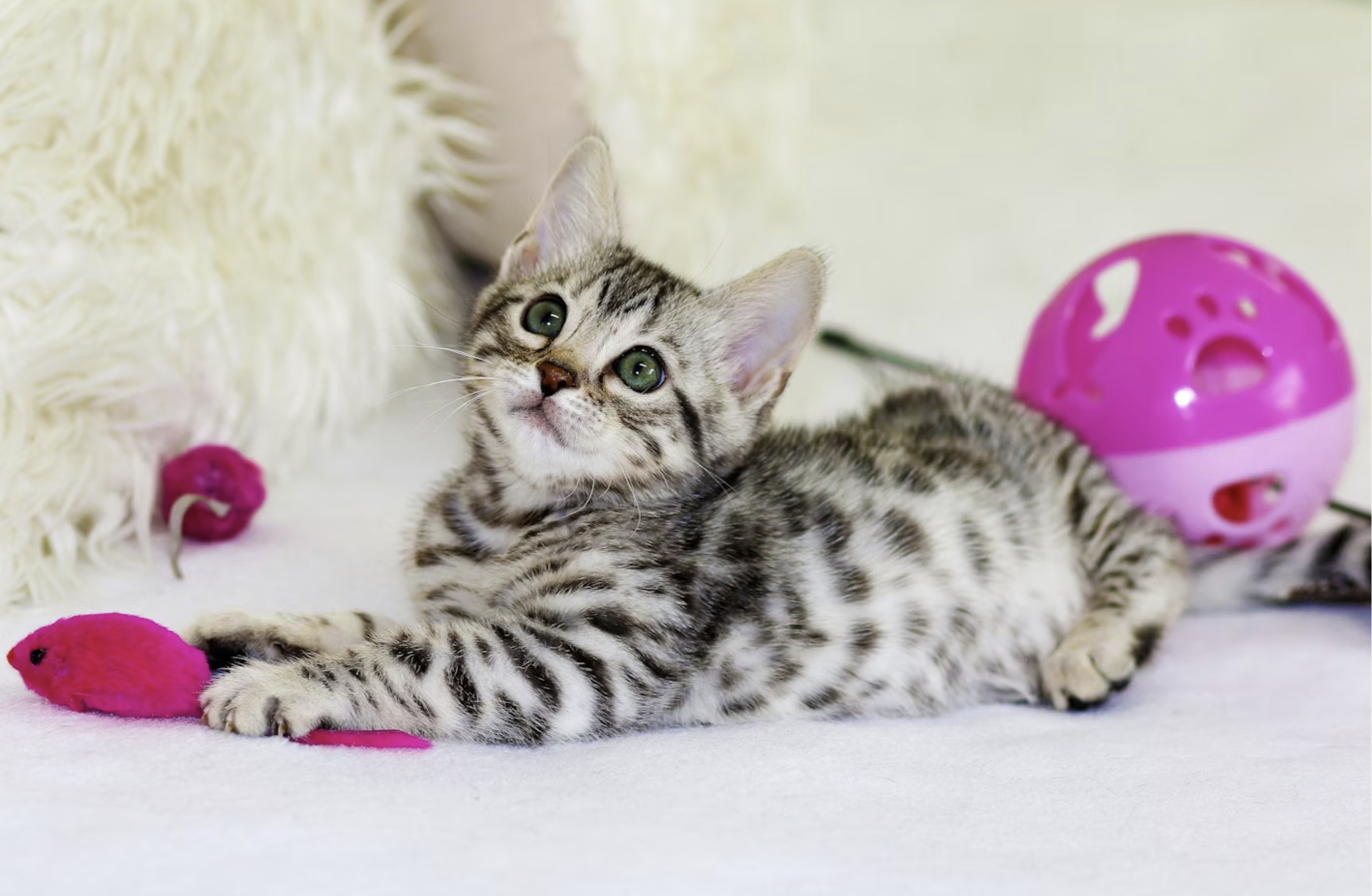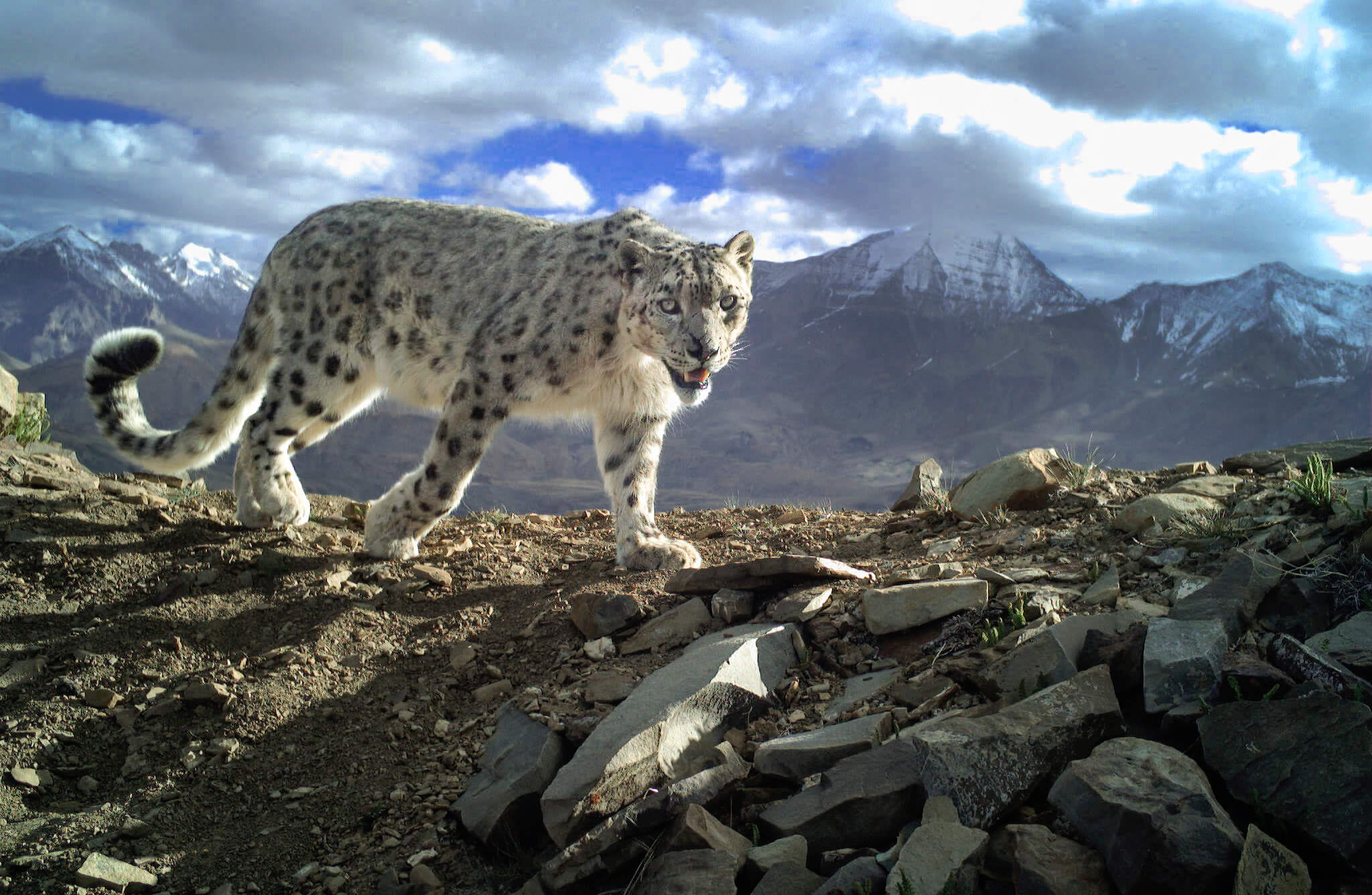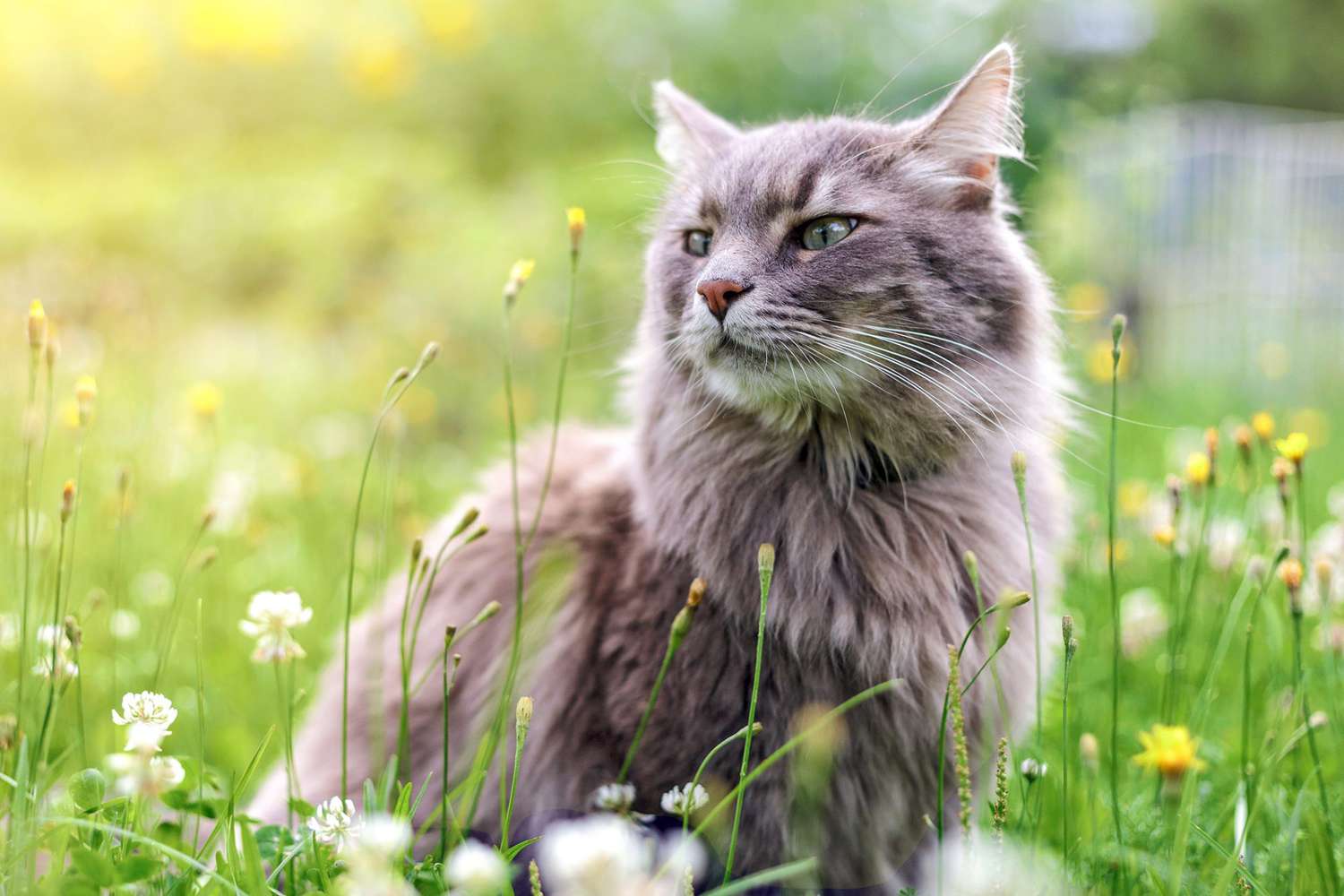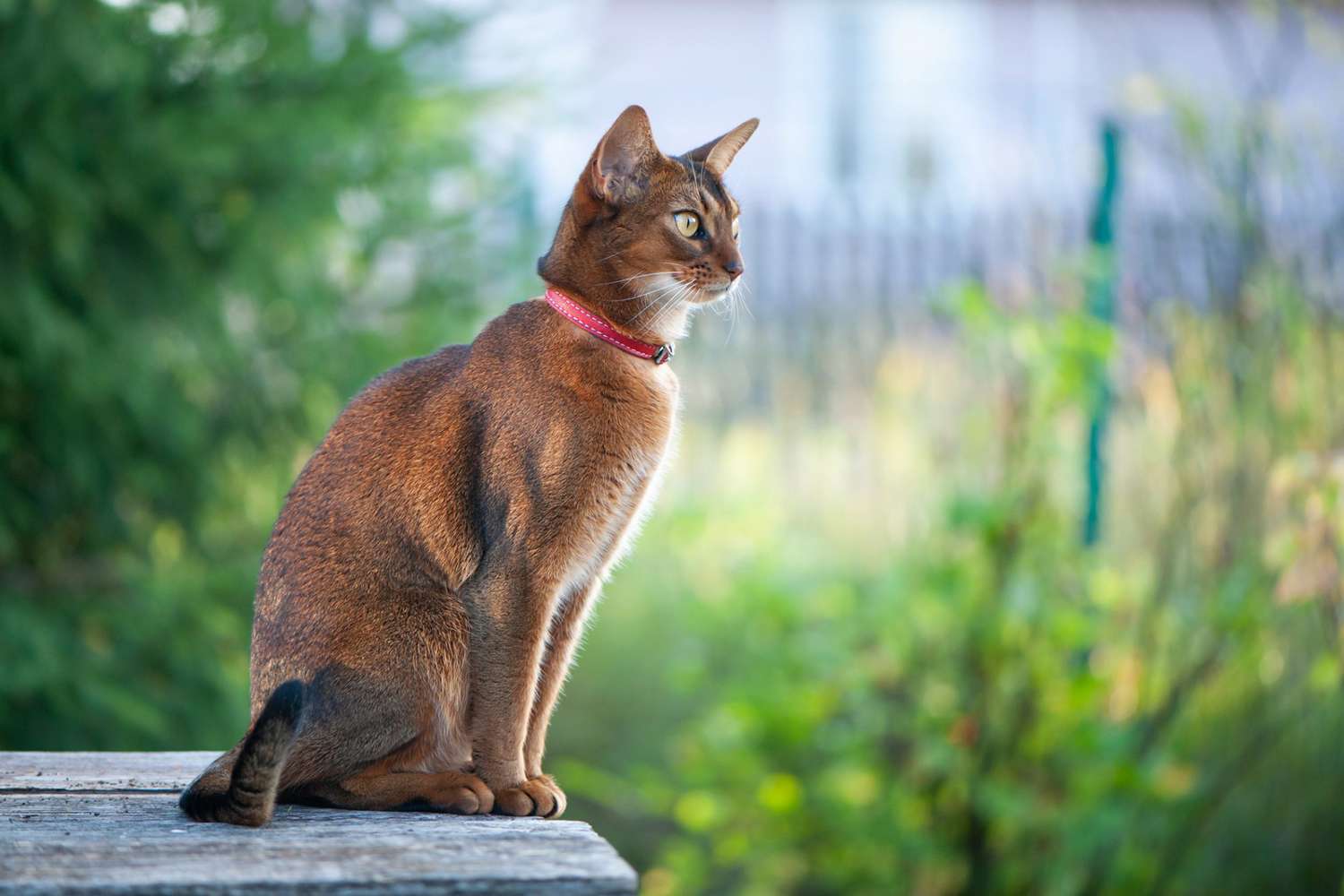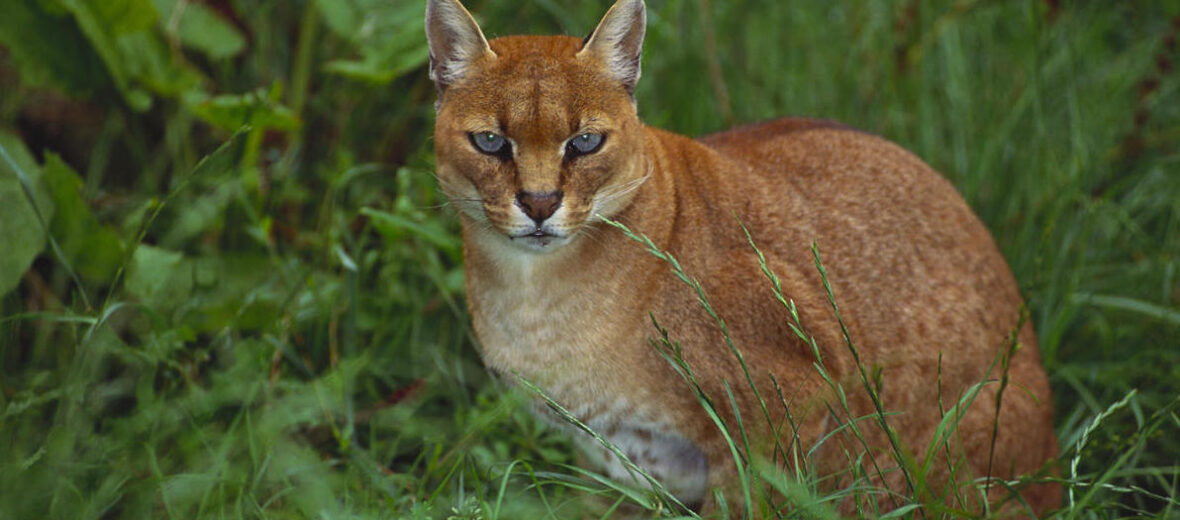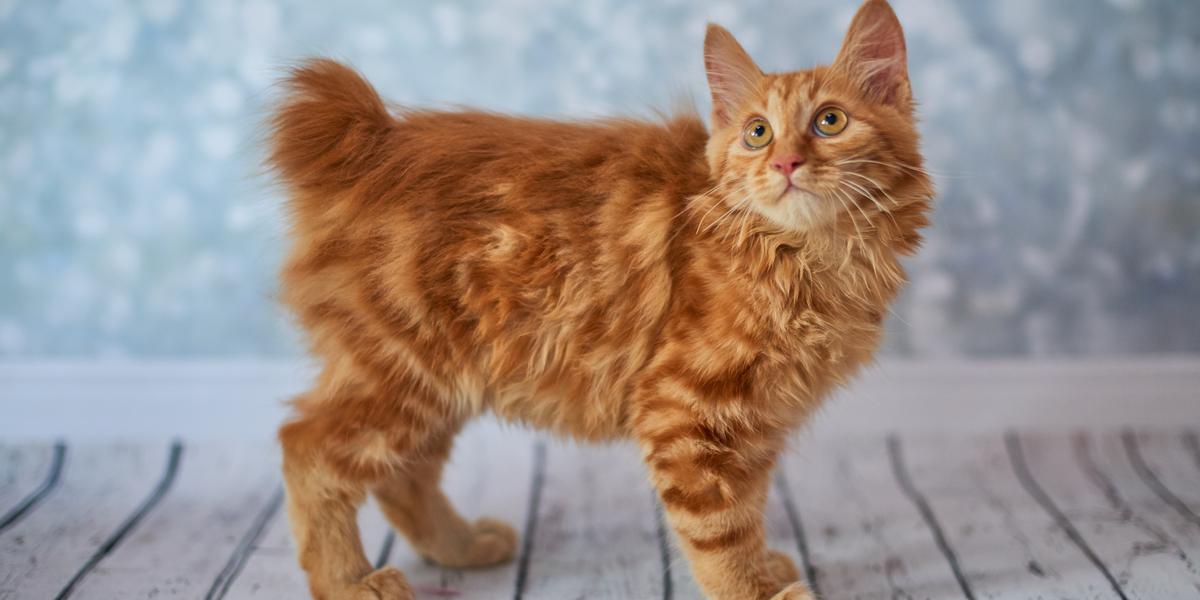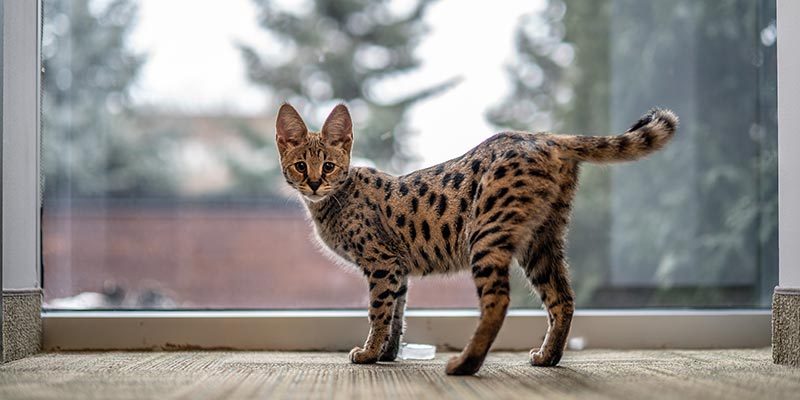Cats are known for their agility, speed, and hunting skills. They are also known for their strength, which is why they are considered some of the most powerful predators in the animal kingdom. From the jungles of Africa to the forests of Asia, cats can be found everywhere, and they come in all shapes and sizes.
In this article, we will introduce you to the top 10 strongest cats in the world, according to various sources. We will explore their physical characteristics, hunting skills, and other interesting facts that make them some of the most fascinating creatures on the planet.
You are reading: Top 10 Strongest Cats
Whether you are a cat lover or just curious about these amazing animals, this article is sure to provide you with some interesting insights.
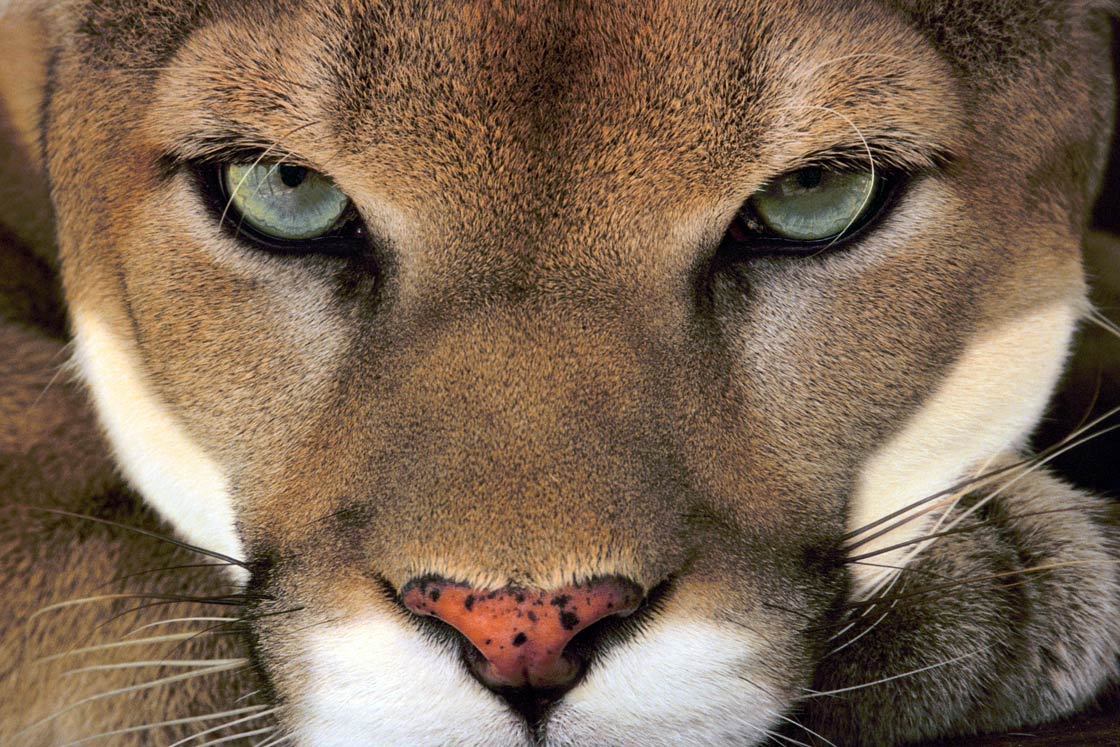
Cougar (Puma concolor)
Top 10 Strongest Cats
Tiger
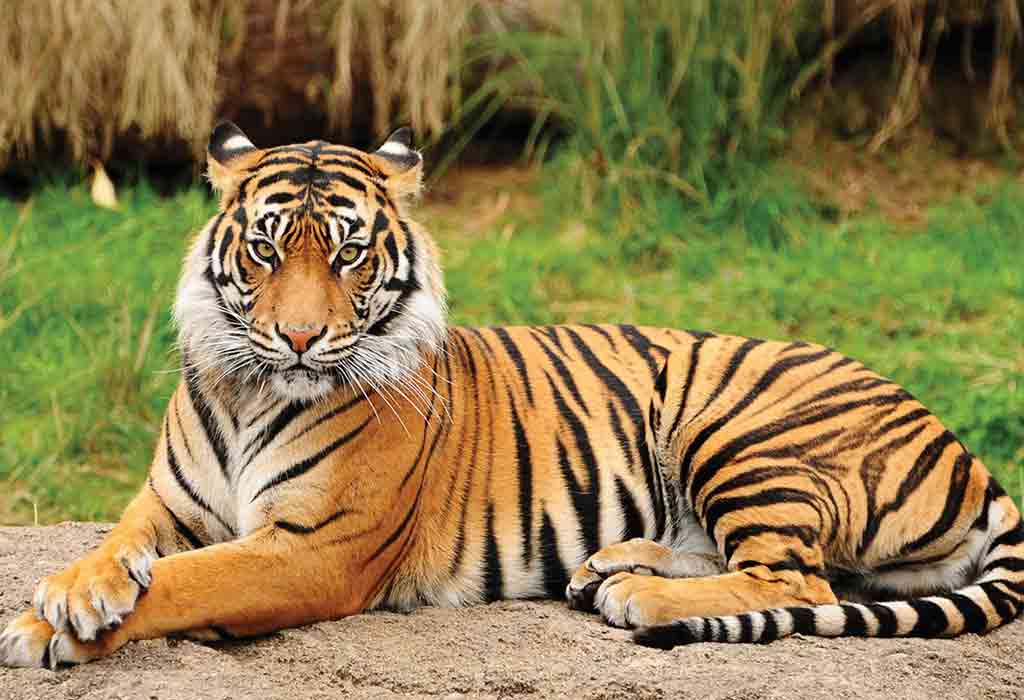
The tiger is the strongest cat in the world, according to various sources. It is a famous member of the big cat family and one of the “big five” game animals.
The tiger is the largest cat and beats the lion in terms of strength, speed, aggression, fighting skills, and coordination. Its physical features that contribute to its overall strength include powerful jaws, sharp teeth, muscular legs, sharp claws, strong eyesight, and strong survival skills, which utilize its stripes serving as camouflage.
The Bengal Tiger is the strongest, largest, and heaviest of all the tiger species, while the Siberian Tiger can kill Russian brown bears as well as any other of the big cats. However, tigers are increasingly threatened by habitat loss and fragmentation caused by humans, and conservation efforts such as the Tiger Conservation are being made to protect them.
Lion
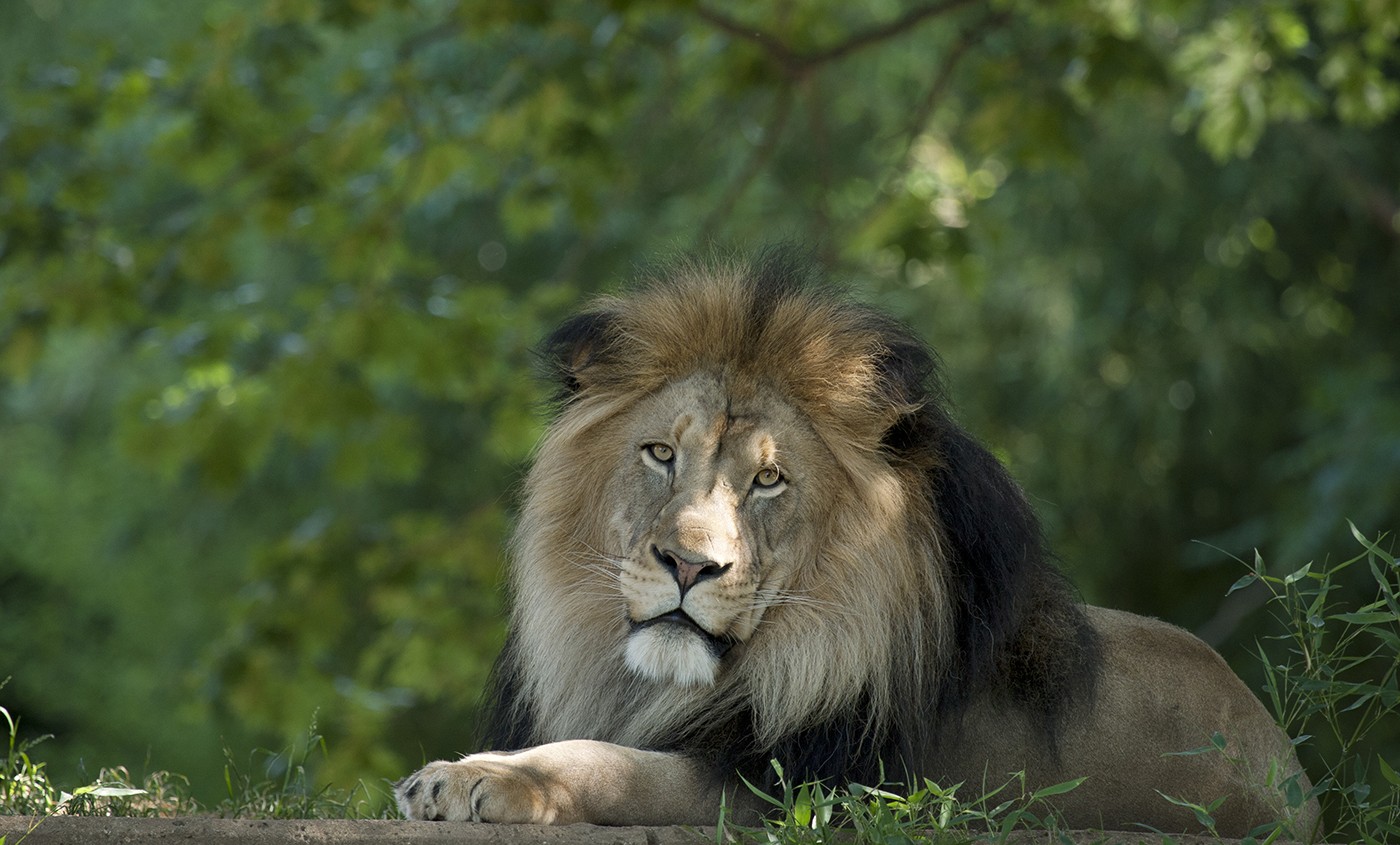
The lion is a well-known member of the big cat family and is considered one of the “big five” game animals. It is the second strongest cat in the world, after the tiger. Lions are most active at night and live in a variety of habitats but prefer grassland, savanna, dense scrub, and open woodland.
The male lion is known for its mane, which varies between different individuals and populations. It may be entirely lacking; it may fringe the face; or it may be full and shaggy, covering the back of the head, neck, and shoulders and continuing onto the throat and chest to join a tuft of hair sprouting from the end of the belly.
Lion prides can be as small as 3 or as big as 40 animals. In a pride, lions hunt prey, raise cubs, and defend their territory together. In prides, the females do most of the hunting and cub rearing, while the males defend the pride’s territory. Lionesses often hunt in groups of two or three, using teamwork to stalk, surround, and kill their prey.
Lions are symbols of strength and courage and have been celebrated throughout history for these characteristics.
Jaguar

Jaguars are the apex predator felines of the western hemisphere, with a powerful strike force of up to 15,000 lb.-ft./s. They are the third-largest cat, after lions and tigers, but proportionally the strongest big cat for their size. Jaguars have the strongest bite force of any cat at 1,500 psi, which is one of the strongest bites of any mammal in the world.
Although jaguars are not the largest cat, they are considered the strongest cat in the world in terms of bite force. Jaguars have high endurance levels and can travel over 6 miles in a single trip around their territory while hunting. They also have deadly claws that they use to latch onto and kill their prey.
Jaguars are known for their strong jaws, which are capable of crushing the skulls of their prey. While they are not as fast as cheetahs, jaguars are still fast runners and excellent swimmers. Jaguars are at the top of the food chain in the western hemisphere, and their only predator is humans.
Leopard
Leopards are known for their strength and agility, making them one of the strongest cats in the world. Here are some interesting facts about the strength of leopards:
– Leopards have incredible strength and can climb as high as 50 feet (15 meters) up a favorite tree while holding a fresh kill in its mouth, even one larger.
– Even though they are the smallest of the ‘big cats,’ they are so strong that they have the ability to hoist a carcass of up to 50kg into a tree.
– Leopard claws possess an extraordinary strength that is revered in the animal kingdom, with the ability to drag a giant wildebeest up a tree.
– When pressed, leopards can run up to 36 mph (58 kph), leap 20 feet (6 meters) in one bound, and have great muscular strength and agility due to their smooth flexible body physiology that helps them climb up high in the trees and jump between.
– Leopards are thought to be seven times stronger than human beings and can haul a carcass three times their weight. They store the carcass in a tree or.
Overall, leopards are incredibly strong and agile predators that can take down prey larger than themselves and climb trees with ease while carrying their kill.
Liger
Ligers are hybrid offspring of a male lion and a female tiger, and they are the largest of all known extant felines. Here are some interesting facts about the strength of ligers:
– Ligers have parents in the same genus but of different species, and they possess features of both parents, in variable proportions, but are generally larger than either.
– Ligers tend to be more like a lion than a tiger, with large, muscular bodies and broad heads.
– Male ligers will have a mane, like a male lion, but often shorter than their father’s.
– Ligers have larger, thicker bones and longer teeth than both lions and tigers, and they have one of the most potent bite forces in the big cat world, with a bite force of around 900 pounds at the tip of their canines.
– Ligers are fond of swimming, just like tigers, and are also quite sociable, just like lions.
– Ligers typically grow larger than either parent species, unlike tigons, and can weigh up to 900 pounds or more.
– Ligers have a unique genetic makeup that results in growth dysplasia, which means they quickly outgrow both their mother and father and can suffer from health problems.
Overall, ligers are incredibly strong and powerful cats, with a unique genetic makeup that makes them larger and stronger than their parent species. However, they also suffer from health problems due to their growth dysplasia, which is a result of their unique genetic makeup.
Cougar
Read more : Top 10 Incredible Grey Cat Names That You Will Love
The cougar, also known as the puma, mountain lion, catamount, or panther, is a large cat native to the Americas. It is the fourth-largest cat in the world and the second-heaviest big cat after the jaguar. The cougar is also the fifth strongest cat after the tiger, lion, jaguar, and leopard. It can weigh between 75 to 200 pounds and has very powerful jaws.
The cougar has large paws and proportionally the largest hind legs in the Felidae, allowing for its great leaping and short-sprint ability. It is capable of leaping from the ground up to 5.5 m (18 ft) high into a tree.
Cougars are adaptable, generalist species occurring in most American habitat types, and are known for their solitary nature. They are also skilled hunters and ambush predators, using their powerful jaws to take down prey. While they cannot roar like other big cats, they scream, hiss, and growl to warn attackers or threats.
Overall, cougars are one of the strongest cats in the world, with powerful jaws and great leaping ability, making them skilled hunters and predators.
Snow Leopard
The snow leopard, also known as the ounce, is a species of large cat in the genus Panthera of the family Felidae. While it is not the strongest cat in the world, it is still a powerful predator, capable of taking down prey much larger than itself. Here are some interesting facts about the strength of snow leopards:
– Snow leopards are incredibly adapted to living in cold, mountainous environments, with features such as small rounded ears to minimize heat loss, broad paws to distribute body weight for walking on snow, fur on their undersides to enhance grip on steep and unstable surfaces, and a long and flexible tail to help balance in rocky terrain.
– Snow leopards are muscular and built low to the ground, with large nasal cavities that allow them to breathe easier at high altitudes.
– Snow leopards are pound-for-pound one of the strongest cats in the world, despite being the smallest of the big cat species.
– Snow leopards are capable of taking down prey much larger than themselves, such as wild sheep and goats.
– Snow leopards are solitary animals and are known for their elusive nature, making them difficult to study and observe in the wild.
Overall, while the snow leopard is not the strongest cat in the world, it is still a powerful predator with unique adaptations for living in cold, mountainous environments.
Cheetah
Cheetahs are known for their incredible speed, but how strong are they compared to other big cats? Here are some interesting facts about the strength of cheetahs:
Physical Characteristics:
– Cheetahs are not as physically imposing as other big cats, weighing in at around 60-70 kg, which is equivalent to an average female human.
– They have long, slender limbs and hard foot pads that are uniquely adapted to help them reach top speeds.
– Cheetahs have a flexible spine that gives them their long stride and allows them to make quick and sudden turns in pursuit of prey.
– They have a bite force of around 500 PSI and adult teeth size of 1 inch.
Habitat and Diet:
– Cheetahs are carnivores and primarily eat small to medium-sized animals such as hares, impalas, wildebeest calves, and gazelles.
– They are not as strong as other big cats, but they are skilled hunters and use their incredible speed to chase down prey.
Behavior:
– Cheetahs are solitary creatures and are not known to be aggressive toward humans.
– They are most active during the day and have excellent eyesight to help them find prey.
– Cheetahs are an important part of the ecosystem and help to maintain a balance in their habitat.
Overall, cheetahs are not as physically strong as other big cats, but they are incredibly fast and agile, making them skilled hunters and predators. They have unique physical characteristics that are adapted to help them reach top speeds and make quick turns in pursuit of prey. While they are not as strong as other big cats, they are still an important part of the ecosystem and play a vital role in maintaining the balance of their habitat.
Eurasian Lynx
The Eurasian lynx is a medium-sized wild cat that is widely distributed from Northern, Central and Eastern Europe to Central Asia and Siberia, the Tibetan Plateau, and the Himalayas. Here are some interesting facts about the strength of Eurasian lynx:
Physical Characteristics:
– Eurasian lynx are medium-sized predatory cats with a body length of 80 to 120 centimeters and a shoulder height of 50 to 70 centimeters.
– They can reach a weight of 15 to 29 kilograms, with males being larger than females.
– Eurasian lynx have a distinctive black tuft at the tip of their ears and retractable sharp claws.
– They have a short body and long legs with large feet, which help them move through deep snow.
Habitat and Diet:
Read more : Wonderful Names For White Cats And Kittens
– Eurasian lynx are found in temperate and boreal forests up to an elevation of 5,500 meters.
– They are strictly carnivorous and eat mostly musk deer, roe deer, and chamois, but may prey on ungulates the size of caribou and elk during winter, as this prey is vulnerable in deep snow.
– Eurasian lynx are capable of taking down prey four times larger than their size.
Behavior:
– Eurasian lynx are solitary creatures and are known for their elusive nature, making them difficult to study and observe in the wild.
– They are stalk-and-ambush hunters that catch their prey by surprise.
– Eurasian lynx are threatened by habitat loss and fragmentation, poaching, and depletion of prey.
Overall, Eurasian lynx are not the strongest cats in the world, but they are still powerful predators that are capable of taking down prey much larger than themselves. They have unique physical characteristics that are adapted to help them move through deep snow and catch their prey by surprise.
While they are threatened by various factors, they are still an important part of the ecosystem and play a vital role in maintaining the balance of their habitat.
Clouded Leopard
The clouded leopard is a medium-sized wild cat native to Asia, known for its distinctive spotted coat. While it is not the strongest cat in the world, it is still a powerful predator with unique physical characteristics that make it an agile climber and skilled hunter. Here are some interesting facts about the strength of clouded leopards:
Physical Characteristics:
– Clouded leopards have a bite force at the canine tip of 544.3 Newton and a bite force quotient at the canine tip of 122.4, which is relatively strong for their size.
– They have short, powerful legs with rotating rear ankles that allow them to safely downclimb in a headfirst posture, making them one of the most talented climbers among the cats.
– Clouded leopards have large, dexterous paws with specialized footpads for gripping branches, allowing them to run up tree trunks and climb amongst the branches.
Habitat and Diet:
– Clouded leopards are found in the rainforests of Indonesia to the foothills of the Nepali Himalayas.
– They are strictly carnivorous and eat mostly small mammals, birds, and reptiles.
– Although they are relatively small predators, clouded leopards can take down sizeable prey because of their strong legs, large canines, and extreme gape.
Behavior:
– Clouded leopards are solitary creatures and are known for their elusive nature, making them difficult to study and observe in the wild.
– They are most active at night and have excellent eyesight to help them find prey.
– Clouded leopards are threatened by habitat destruction and illegal poaching, and their forest habitat is experiencing the world’s fastest rate of deforestation.
Overall, clouded leopards are not the strongest cats in the world, but they are still powerful predators with unique physical characteristics that make them skilled climbers and hunters. They are an important part of the ecosystem and play a vital role in maintaining the balance of their habitat.
FAQS
1. What is the strongest cat in the world?
The tiger is considered the strongest cat in the world, with powerful jaws, muscular legs, and sharp claws.
2. What are the top 10 strongest cats in the world?
The top 10 strongest cats in the world, in no particular order, are: tiger, lion, jaguar, leopard, liger, cougar, snow leopard, Eurasian lynx, clouded leopard, and cheetah.
3. How is the strength of cats measured?
The strength of cats is measured by various factors, including bite force, muscular build, agility, and hunting skills.
4, What is the difference between big cats and small cats?
Big cats are species of cat that are larger than the average house cat, while small cats are members of the Felis genus and are generally smaller in size.
5. What is the habitat of big cats?
Big cats are found around the world in habitats as varied as mangrove swamps in India to wooded forests in the western U.S.
6. What are the threats to big cats?
Big cats are threatened by habitat loss and fragmentation, poaching, and depletion of prey.
7. Are all big cats endangered?
Many big cat species are considered endangered or threatened, meaning they run the risk of becoming extinct if we don’t take action immediately.
8. What is the role of big cats in the ecosystem?
Big cats play a vital role in maintaining the balance of their habitat by controlling the population of prey species and preventing overgrazing.
Source: https://petstutorial.com
Category: Cats

